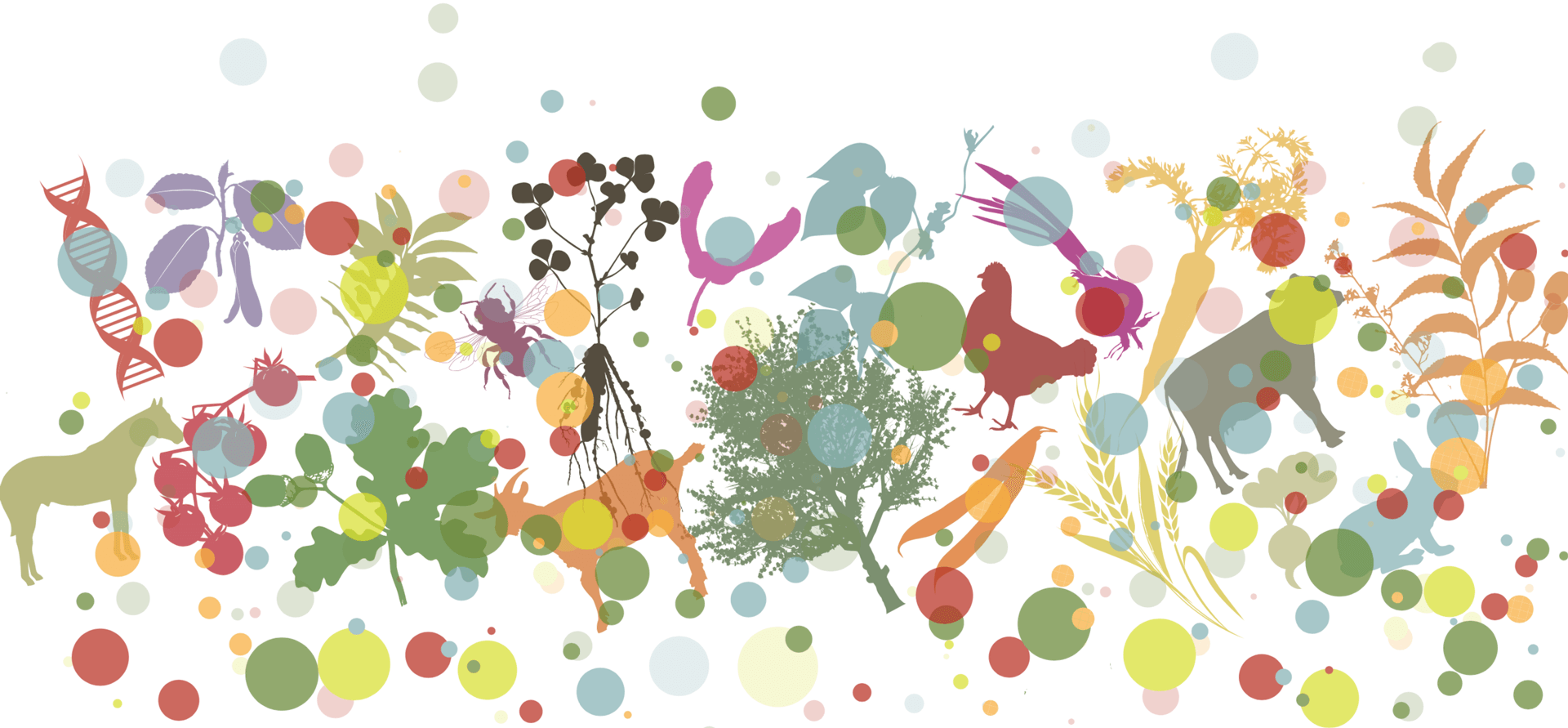Swedish Crop Wild Relatives: towards a national strategy for in situ conservation of CWR
Main Article Content
Abstract
In 2015, the Nordic countries (Sweden, Denmark, Finland, Norway and Iceland) initiated a project to help strengthen the efforts of conservation and use of crop wild relatives (CWR) across the region. Policy recommendations that were put forward included creating national strategies for each Nordic country and adopting and implementing complementary in situ conservation as the main approach for safeguarding CWR across the region. The present work explores in greater detail the situation for Sweden. Taxa rich areas and areas where potential data bias may be prevalent are located. An eco-geographic map is constructed to help determine how genetic diversity may be portioned across the country within populations of taxa. An in situ complementarity analysis accounting for taxa richness, eco-geographic richness and the protected area network in the country is also presented. Possible reasons for diverging results, as compared to the regional analysis, are discussed. The document serves as a starting point for further in-depth research on CWR distribution, conservation and use within Sweden.
Article Details
Authors retain copyright of the articles published in Genetic Resources and grant the journal right of first publication with open access. All articles published in Genetic Resource are licensed under Creative Commons Attribution 4.0 International License (CC BY 4.0) that allows others to download, share and adapt the work for commercial and non-commercial purposes as long as proper attribution to the original article is given. Genetic Resources permits and encourages authors to post items submitted to the journal (including the publisher's final layout) on personal websites or institutional repositories after acceptance and/or publication, while providing bibliographic details that credit their publication in Genetic Resources.
Beck, Jan et al. (2014). “Spatial bias in the GBIF database and its effect on modeling species’ geographic distributions”. Ecological Informatics 19, pp. 10–15. URL: https://doi.org/10.1016/j.ecoinf.2013.11.002.
Blixt, S, P Fredriksson, and C Holm (1992). In situ-conservation. Nordic Gene Bank (internal report).
Chapman, A D (2005). Principles of Data Quality. Copenhagen, Denmark. URL: https://doi.org/10.15468/doc.jrgg-a190.
Edqvist, M and T Karlsson (2007). Smålands flora [The flora of Småland]. (in Swedish). SBF-förlaget.
Fitzgerald, H, GBIF-Norway-Helpdesk, and Anna Palmé (2018). Nordic Crop Wild Relative (CWR) Checklist. Version 1.11. URL: https://doi.org/10.15468/itkype (visited on 10/03/2018).
Fitzgerald, Heli et al. (2019). “A regional approach to Nordic crop wild relative in situ conservation planning”. Plant Genetic Resources: Characterization and Utilization 17(2), pp. 196–207. URL: https://doi.org/10.1017/s147926211800059x.
Fröberg, L (2006). Blekinges flora [Flora of Blekinge]. Ed. by and others. (in Swedish). SBF-förlaget.
Genberg, E (1992). Östergötlands flora [Flora of Östergötland]. 2nd. (in Swedish). Berlings. IUCN (2020). Protected area categories. URL: https://www.iucn.org/theme/protected-areas/about/protected-areas-categories (visited on 05/14/2020).
Johansson, B G and J Petersson (2016). Gotlands flora, Band 1 [The flora of Gotland, Vol. 1]. (in Swedish). SBF-förlaget.
Johansson, B G, J Petersson, and G Ingmansson (2016). Gotlands flora, Band 2 [The flora of Gotland, Vol. 2]. (in Swedish). SBF-förlaget.
Parra-Quijano, Mauricio, José M. Iriondo, and Elena Torres (2012). “Ecogeographical land characterization maps as a tool for assessing plant adaptation and their implications in agrobiodiversity studies”. Genetic Resources and Crop Evolution 59(2), pp. 205–217. URL: https://doi.org/10.1007/s10722-011-9676-7.
Parra-Quijano, M et al. (2016). Tools CAPFITOGEN - Program to Strengthen Capabilities in National Plant Genetic Resources Programs in Latin America, Version 2.0. FAO. Rome, Italy. URL: https://drive.google.com/file/d/0B7JxjDasV98BejNRMXJHQy1hYlk/edit.
Phillips, Jade et al. (2016). “In situ and ex situ diversity analysis of priority crop wild relatives in Norway”. Diversity and Distributions 22(11), pp. 1112–1126. URL: https://doi.org/10.1111/ddi.12470.
QGIS (2020). QGIS Geographic Information System. Open Source Geospatial Foundation Project. URL: https://qgis.org/en/site/ (visited on 08/10/2020).
Rebelo, A G (1994). “Iterative selection procedures: centres of endemism and optimal placement of reserves”. In: Botanical Diversity in Southern Africa. Ed. by B J Huntley. Pretoria, South Africa: National Botanical Institute, pp. 231–257. URL: https://pdfs.semanticscholar.org%20/d22c/a7429789349157059d2d19b4f8cb0807d5bc.pdf.
Rebelo, A. G. and W. R. Siegfried (1990). “Protection of Fynbos vegetation: Ideal and real-world options”. Biological Conservation 54(1), pp. 15–31. URL: https://doi.org/10.1016/0006-3207(90)90039-r.
Rydberg, H and H - E Wanntorp (2001). Sörmlands flora [Flora of Sörmland]. (in Swedish). Sterner, R (1986). Ölands kärlväxtflora [The vascular flora of Öland]. Ed. by and others. (in Swedish). Forskningsrådens förlagstjänst.
Weibull, J et al. (2016). “Conservation and sustainable use of crop wild relatives: a Nordic initiative”. Sveriges Utsädesförenings Tidskrift 2, pp. 53–58. URL: http://www.sverigesutsadesforening.se/data/pdf/SUT%202016-2.pdf.
Weimarck, H and G Weimarck (1985). Atlas över Skånes flora [An atlas of the flora of Scania]. (in Swedish). Stockholm.







 This journal has been conceived as part of the
This journal has been conceived as part of the